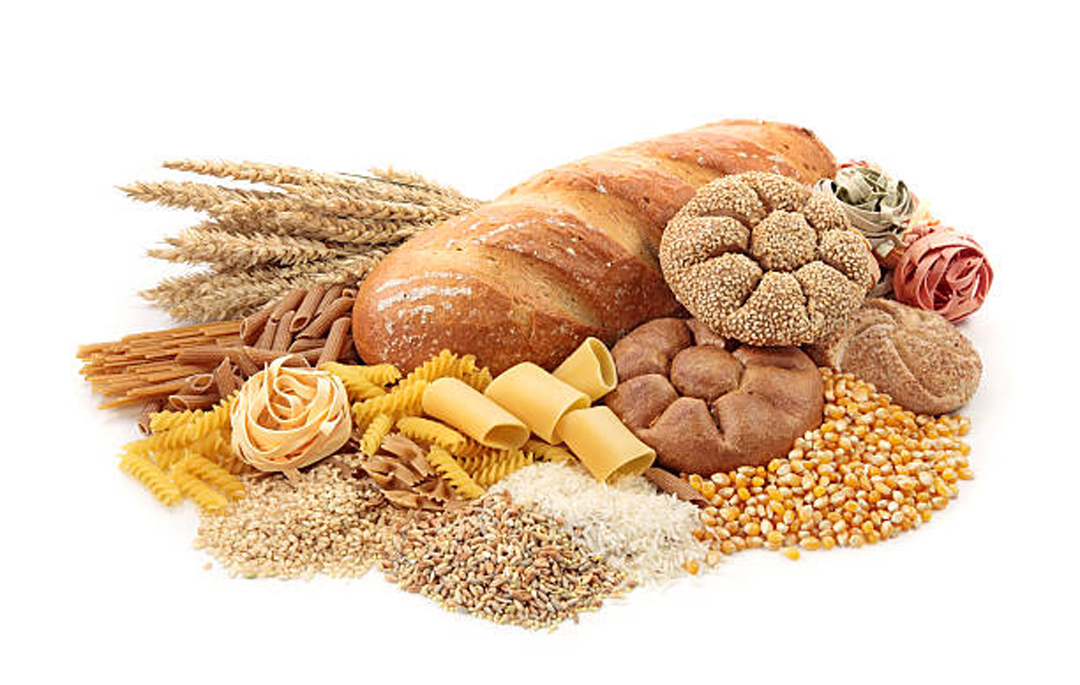Poor eating habits have led to an epidemic of obesity in the US. One in three adult Americans is now obese, as compared with one in four a little more than a decade ago. Even people who follow the conventional wisdom for healthful eating lots of carbohydrates, little fat and protein often fail to lose weight. Why? Because, hormonally speaking, those guidelines are dead wrong.
When it comes to obesity, eating carbohydrates is a bigger problem than eating fat.
The trouble with carbohydrates
Modern humans are genetically identical to our Stone Age ancestors. Our digestive system, like theirs, evolved to handle a diet based on protein, fiber-rich vegetables and fruit.
Grains the chief source of carbohydrates in modern diets was unknown until the advent of agriculture, 10,000 years ago. That’s only yesterday in evolutionary terms.
Problem: Carbohydrates cause a sharp rise in blood sugar levels. In response, the body makes more insulin, the hormone that lowers blood sugar levels and “tells” the body to store excess calories as fat.
Insulin also affects the body’s synthesis of eicosanoids. These potent “super hormones” control virtually all physiological functions in the body from the circulation of blood to digestion.
For optimum health, eicosanoids must be in balance. But high insulin levels cause the body to make more “bad” than “good” eicosanoids. This can lead to platelet clumping, high blood pressure, reduced immunity and other potentially dangerous conditions.
A better way to eat
Over the past 14 years, I have developed a simple yet precise eating plan that allows you to regulate levels of insulin and other hormones and reach an ideal metabolic state.
Athletes call this state the “Zone,” but in reality it is simply optimal control of hormonal function. You needn’t be an athlete to realize the benefits. My program has been tested on heart patients, “ordinary” people and elite athletes, including professional football and basketball players.
All have reported greater mental focus and energy, better physical endurance, painless weight loss and improved cardiovascular function.
How do you reach the Zone? Treat food with the same respect you accord to prescription medications.
Specifically, you must regulate the amount, proportion and rate of entry into the bloodstream of all the nutrients you eat. And I mean each time you eat. Counting calories isn’t necessary.
Eating in the zone
My eating plan has five major components
• Protein
Besides serving as building blocks for every cell, dietary protein causes release of glucagon. This hormone works in opposition to insulin and works to maintain blood sugar levels.
To maintain proper glucagon levels, it’s important to eat the right amount of protein.
Easy formula
At each meal, eat about as much protein as would fit in the palm of your hand. For most people, this translates into three to four ounces of low-fat protein.
Animal foods contain arachidonic acid, a fatty acid that the body uses to make “bad” eicosanoids. The fattier the meat, the higher the arachidonic acid content.
That’s why it’s best to stick to chicken, fish, wild game (or range-fed meats), tofu and other low-fat protein sources and to avoid organ meats entirely.
• Carbohydrates

For optimal hormonal balance, each meal should contain the proper ratio of carbohydrate to protein 4 grams (g) of carbohydrate for every 3 g of protein.
Emphasize “favorable” carbohydrates like fiber-rich fruits, vegetables and legumes. Since these are absorbed into the bloodstream slowly, blood sugar rises slowly and insulin production is moderate.
Avoid “unfavorable” carbohydrates, such as bread, rice, pasta, tropical fruits, dried fruits and fruit juices and starchy or sweet vegetables, such as potatoes, corn, carrots, squash, beets and peas. These foods enter the bloodstream quickly, initiating a drastic insulin response.
If you do eat grains, concentrate on eating whole grains whenever possible. Their higher fiber content means slower absorption into the bloodstream.
What about dessert? An occasional treat is okay, as long as you balance your carbohydrate and fat intake by taking a “dose” of protein just beforehand a few ounces of cottage cheese or sliced turkey, for instance.
• Fat
Though often treated as a dietary villain, fat in moderate amounts slows the rate of carbohydrate absorption, thus helping to moderate insulin response.
Fat also sends a satiety (satisfaction) signal to the brain, making you feel so full you’ll want to stop eating.
Your ratio of grams of dietary fat to grams of dietary protein should be 1 to 3. Zone-favorable fats are largely monounsaturated olive oil, almonds, macadamia nuts, canola oil, natural peanut butter and avocados.
Avoid butter, red meat and other sources of saturated fat.
• Caloric restriction
Have no more than 500 calories per meal. Too many calories from any source raise insulin levels.
• Timing
Except for the time you spend asleep, let no more than five hours pass between Zone-favorable meals or snacks.
This works out to three small meals and two snacks a day. If you eat breakfast at 7 a.m., have lunch no later than noon. If dinner isn’t until 6:30 p.m., grab a mid-afternoon snack. Have a small snack at bedtime, too.
Vital: Snacks should respect the same 4 to 3 to 1 ratio of carbohydrate to protein to fat.
Examples: One ounce of hard cheese (or two ounces of cottage cheese) and half an apple or one small muffin baked from a mix to which you added protein powder and substituted olive oil for butter.







